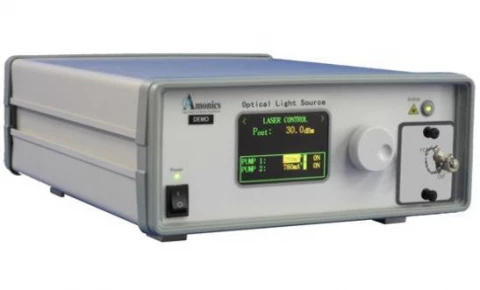Description
The Superluminescent Diode (SLD) Broadband Light Source is an advanced optical component designed to deliver high output power and stable performance across a broad wavelength range. This cutting-edge technology is ideal for applications requiring a wide spectral output with minimal coherence, making it a preferred choice in various scientific and industrial fields.
The SLD light source offers a unique combination of high intensity and broad bandwidth, ensuring superior performance in demanding environments. Manufactured under a stringent quality management system certified by HKQAA ISO 9001, this product guarantees exceptional reliability and consistency. The certification underscores the commitment to quality and precision in the production process, ensuring that each unit meets the highest standards of excellence.
The ISO 9001:2008 certification specifically applies to the production site in Hong Kong, highlighting the meticulous attention to detail and adherence to international quality benchmarks. This SLD Broadband Light Source is engineered to provide outstanding spectral coverage, with center wavelengths precisely controlled for optimal output. The design minimizes spectral ripple, ensuring a smooth and stable light output that is critical for sensitive applications. With its robust construction and reliable performance, this light source is an invaluable tool for professionals seeking precision and quality in their optical systems.
Superluminescent Diode - ASLD83-200
Specifications
| Bandwidth: | 18 nm |
|---|---|
| Center Wavelength: | 820 nm |
| Output Power: | 20 mW |
| Polarization: | Random |
Features
- Fiber Optic Sensing: Ideal for various sensing applications, providing precise and reliable measurements.
- Optimal Tomography: Enhances imaging and analysis through high-quality optical tomography capabilities.
- DWDM Component Characterization: Excellent for characterizing dense wavelength division multiplexing components.
- Optimal Gyroscope: Suitable for gyroscopic applications, ensuring stability and accuracy.
- Wide Spectral Range: Offers an extensive spectral range for diverse applications.
- High Output Power: Delivers robust output power for demanding tasks.
- Good Spectral Stability: Maintains consistent performance across the spectral range.
- Compact Size: Features a compact design for easy integration into various systems.
- Good Performance-Cost Ratio: Provides excellent performance at a competitive cost.
- Two-Year Warranty: Comes with a two-year warranty for peace of mind.
Applications
- Fiber Optic Sensing: Ideal for distributed and point sensing systems requiring stable broadband sources.
- Optical Coherence Tomography: Provides high-resolution imaging capability for biomedical diagnostics.
- DWDM Component Characterization: Enables accurate testing and analysis of DWDM filters and components.
- Optical Gyroscopes: Used as broadband sources for precise angular rate sensing applications
Frequently Asked Questions
What is the wavelength coverage of Amonics Superluminscent Diodes (SLDs)?
What are the available housing options for Amonics Superluminscent Diodes (SLDs)?
What are the features of the benchtop unit of Amonics Superluminscent Diodes (SLDs)?
What is the ideal application for the OEM module version of Amonics Superluminscent Diodes (SLDs)?
What are the applications of Amonics Superluminscent Diodes (SLDs)?
Similar Products
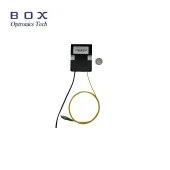
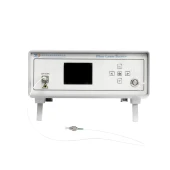
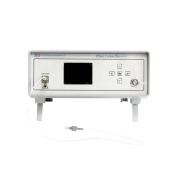
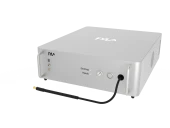





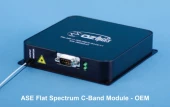
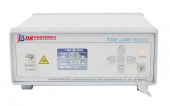
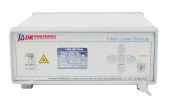
Your inquiry has been received.
Create an account by adding a password
Why create an account?
- Auto-complete inquiry forms
- View and manage all your past messages
- Save products to your favorites
- Close your account anytime — no hassle

